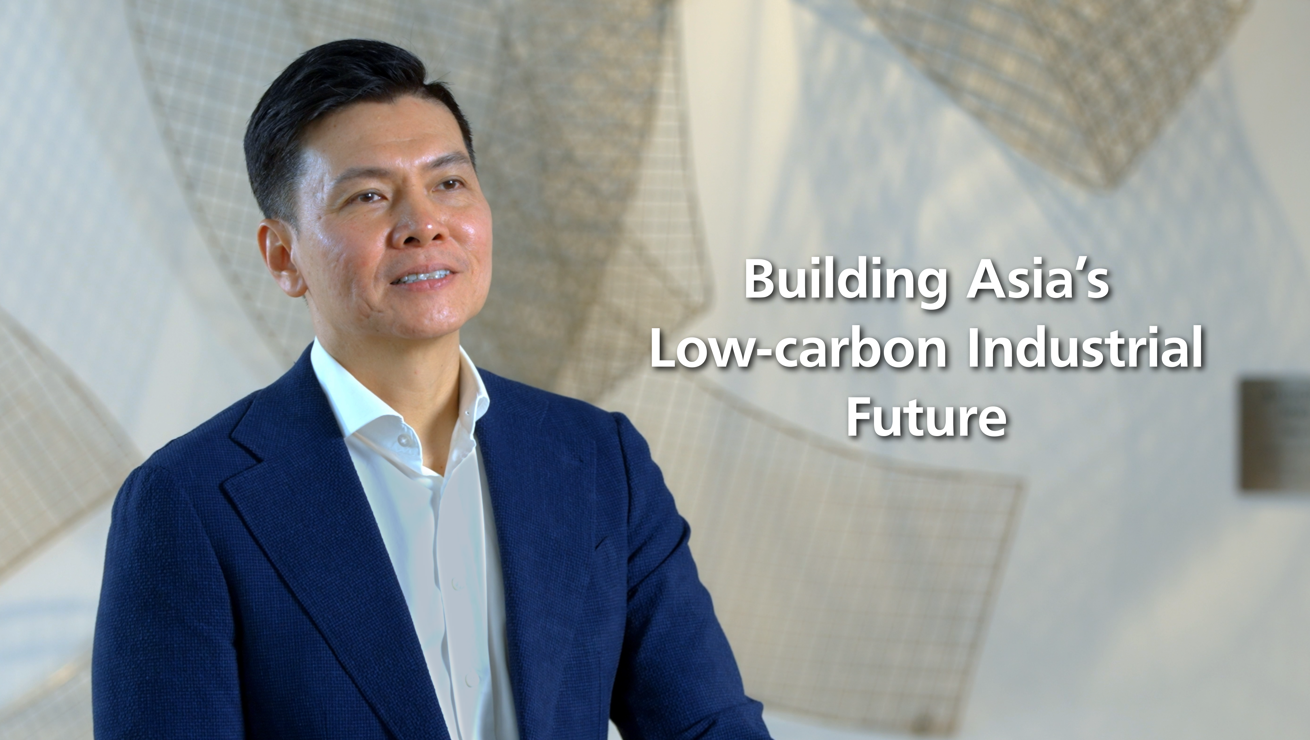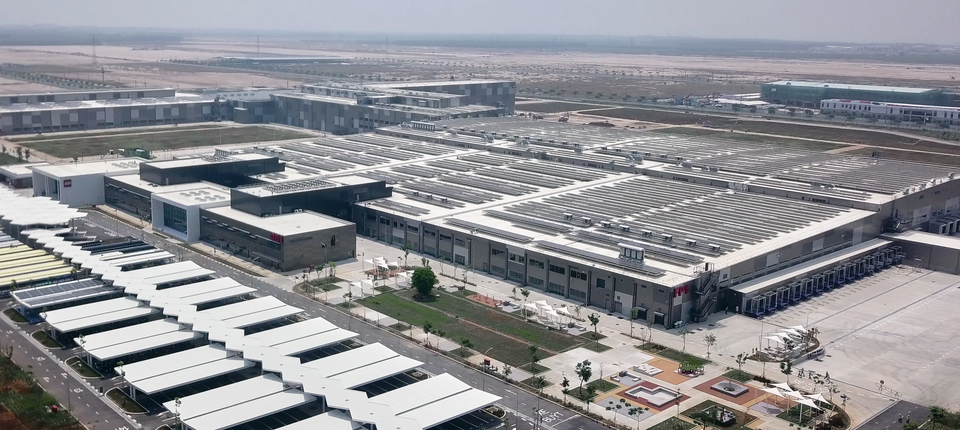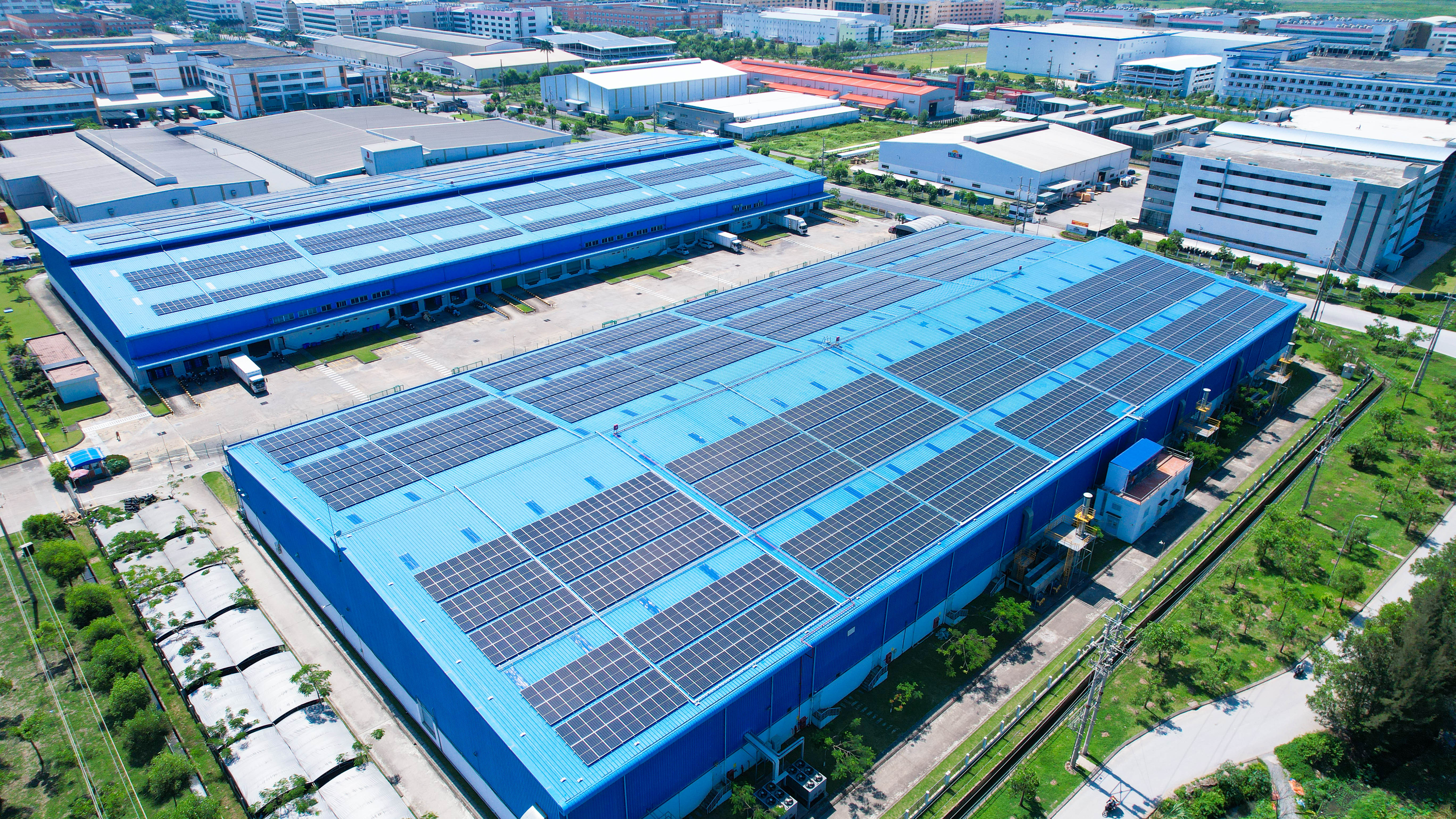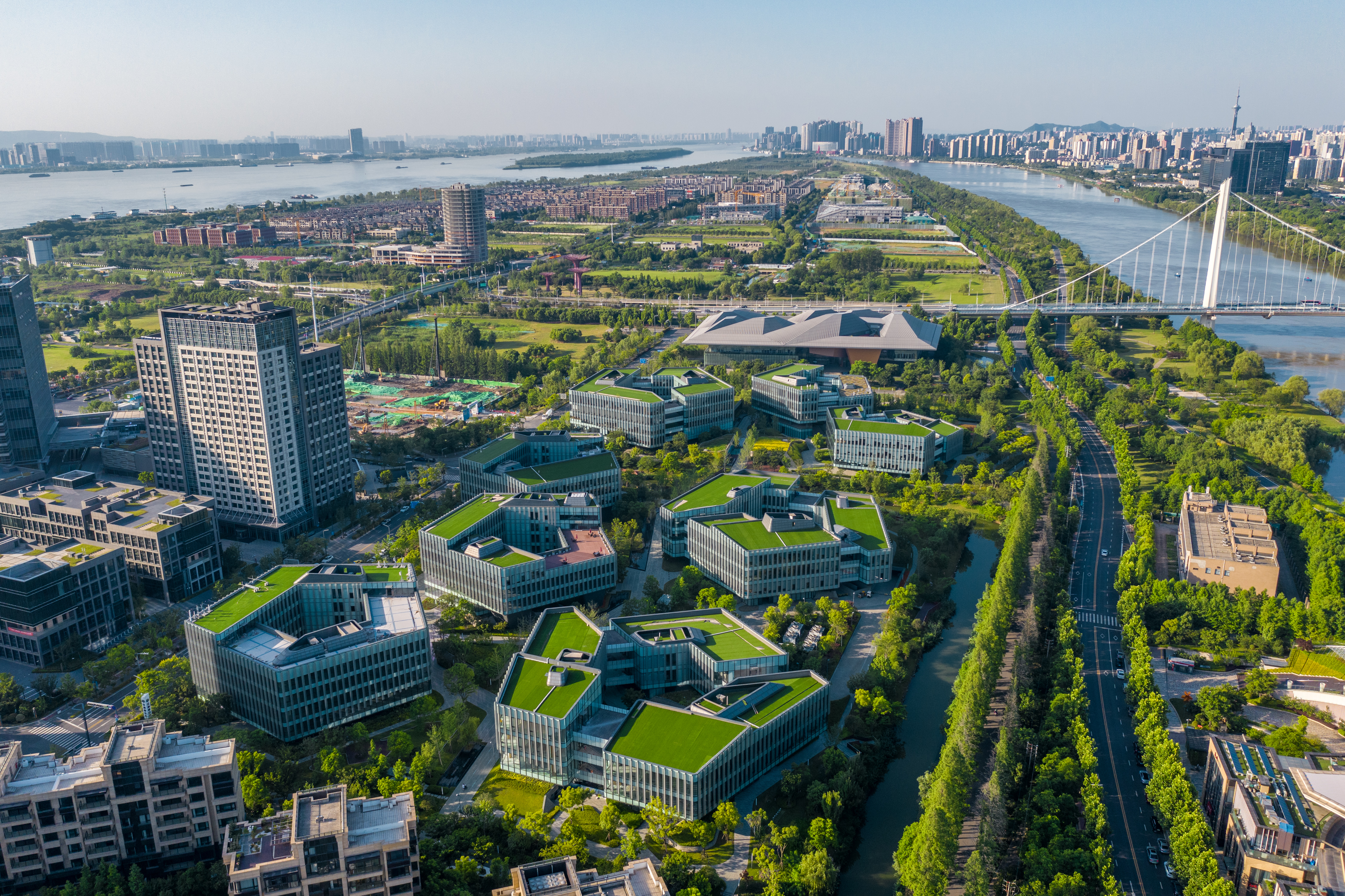Building Asia’s Low-carbon Industrial Future
July 07, 2025
Asia’s manufacturing boom has fuelled global growth — but now, it must lead the next wave: sustainable industrialisation. Today, industry accounts for about a third of global emissions1, with Asia’s share more than doubling in the past two decades.2
To remain competitive in a low-carbon world, industrialisation must now evolve. Governments and businesses are turning to low-carbon industrial parks — practical, scalable platforms to decarbonise operations and future-proof growth.
Sembcorp, a leading renewables player and established industrial and urban solutions provider, is enabling this shift by developing industrial parks where sustainability is embedded from the start. From green master planning and low-carbon construction to clean energy and shared utilities such as water recycling and treatment and circular industrial design, these parks are built to meet the demands of tomorrow’s economy.
Why Low-carbon Industrial Parks Matter
Industrial decarbonisation has become a strategic priority for governments, manufacturers, and investors. Net-zero targets across Asia are accelerating pressure to reduce emissions across operations and supply chains. At the same time, consumers are also demanding sustainable products, and manufacturing is expanding in emerging hubs like Vietnam and Indonesia, driven by reshoring, digitalisation, and growing domestic markets.
Low-carbon industrial parks offer a ready-made platform to meet these demands. With reliable clean energy and shared infrastructure, low-carbon industrial parks help businesses reduce carbon exposure, strengthen supply chain resilience, and sharpen competitive advantage. These parks also support data-driven compliance with ESG standards — increasingly critical for global trade and investment.
Beyond emissions, these industrial ecosystems promote responsible land use, inclusive employment and resource resilience — reducing strain on local grids and water systems while enhancing long-term viability.
Retrofitting the Past, Building for the Future
Many existing industrial parks in Asia were built for speed, not sustainability. These legacy sites still depend heavily on fossil fuels and lack the infrastructure needed for low-carbon operations.
Retrofitting them requires targeted investment in renewables, energy storage and digital utilities. While the long-term gains are clear, upfront capital costs remain a barrier — especially for small and mid-sized manufacturers. Innovative financing and public-private partnerships are essential to overcoming these barriers.
Equally vital is long-term regulatory clarity. Harmonised emissions standards, stable incentives, and cross-border policy alignment are essential to unlock capital and accelerate action. Without these, industrial decarbonisation will stall.
Success depends on collaboration. Developers, tenants, energy providers, and governments must work together. Integrated developers like Sembcorp are uniquely positioned to deliver the shared infrastructure and turnkey solutions that make low-carbon transitions cost effective and achievable at scale.
Sembcorp’s Approach: Scaling Low-carbon Industrial Parks across Asia
With over 35 years of experience, Sembcorp has built a track record across Asia’s fastest growing markets — from Vietnam and Indonesia to China.
We have developed 24 industrial parks across 14,800 hectares, hosting over 1,000 tenants and drawing nearly US$58 billion in investment.3 By 2028, we aim to expand to 18,000 hectares and grow our leasable industrial space to 1.5 million square metres — supporting the next wave of sustainable manufacturing.
Designing Industrial Parks for Sustainability and Performance
Sembcorp’s low-carbon industrial parks integrate renewable energy, circular utilities and ESG-enabling technology to support both business and environmental outcomes:
- Clean energy infrastructure
Our parks already deploy solar energy, and we are exploring wind to diversify the mix and strengthen energy resilience. We offer tenants direct access to renewable energy via power purchase agreements and are investing in energy storage systems to enhance grid reliability. - GoNetZero™ digital platform
Tenants use our proprietary GoNetZero™ platform to manage renewable energy certificates, monitor carbon credits, and track emissions performance. This supports transparent ESG reporting and smarter, data-driven decision-making. - Water and waste management
We offer advanced treatment of complex industrial wastewater, enable water reuse, and reduce embodied carbon through sustainable construction materials. - Green-certified facilities
Our ready-built spaces meet green building standards — helping tenants cut operating costs, strengthen ESG credentials, and provide healthier, more productive workplaces. - Circularity and industrial symbiosis
Our parks are designed for closed-loop resource use — from converting plastic waste into building materials to enabling by-product exchange among tenants. These circular models create environmental value while enhancing operational efficiency.
Case Study: LEGO’s Green Factory in Vietnam

The LEGO Group selected Sembcorp’s Vietnam Singapore Industrial Park (VSIP) in Binh Duong for its most environmentally sustainable factory to date, running on 100% renewable energy by 2026, highlighting our capability to support global manufacturers’ sustainability goals.
The 44-hectare facility is powered by on-site rooftop solar, and an adjacent energy centre developed by VSIP, which includes Vietnam’s first large-scale battery storage installation. The site has achieved LEED Platinum and Gold certifications for its administrative and production buildings.
Sembcorp’s integrated clean energy solution was a decisive factor in LEGO’s location choice, reinforcing Vietnam’s position as a low-carbon manufacturing hub.
Accelerating Industrial Transformation Across Asia
In Vietnam, Sembcorp has built a network of 20 VSIPs that integrate industrial space with renewable energy, water, and waste management solutions. Our long-term government partnerships position us as a key enabler of Vietnam’s green growth strategy.

In Indonesia, we are developing Kendal Industrial Park, the largest premier industrial township in Central Java and a designated Special Economic Zone. The park offers investment incentives and is emerging as a key hub for clean technology supply chains. In addition, we are launching Tembesi Innovation District, a low-carbon industrial park in Batam.

In China, our high-tech and industrial parks support the country’s dual carbon goals. We provide integrated clean energy, water reuse, and sustainable urban design — such as the Sino-Singapore Nanjing Eco Hi-Tech Island, a showcase for innovation and resilience.

The Way Forward
Asia’s industrial transformation is gaining momentum, but scaling low-carbon ecosystems will require bold cross-sector collaboration, long-term investment, and consistent regional policy frameworks.
Sembcorp remains committed to accelerating this transition – integrating master planning, utilities and digital solutions to build the resilient, low-carbon industrial parks that Asia’s growth demands.
What Sets Sembcorp’s Low-carbon Industrial Parks Apart?
✅ Embedded renewables infrastructure
✅ ESG-enabling digital platforms
✅ Ready-built, green-certified facilities
✅ Circular utilities and by-product exchange
✅ Deep public-private partnerships across Asia
